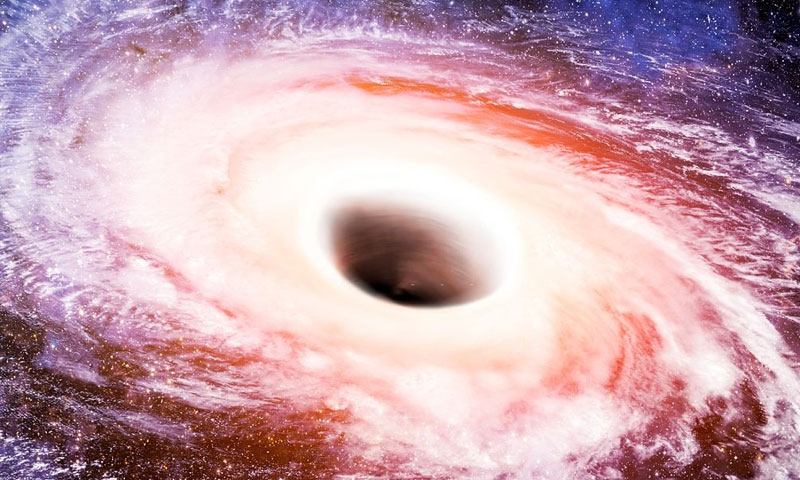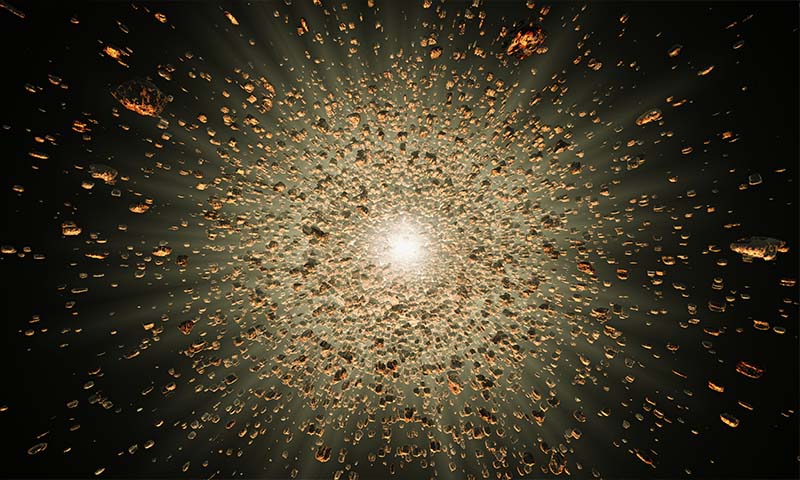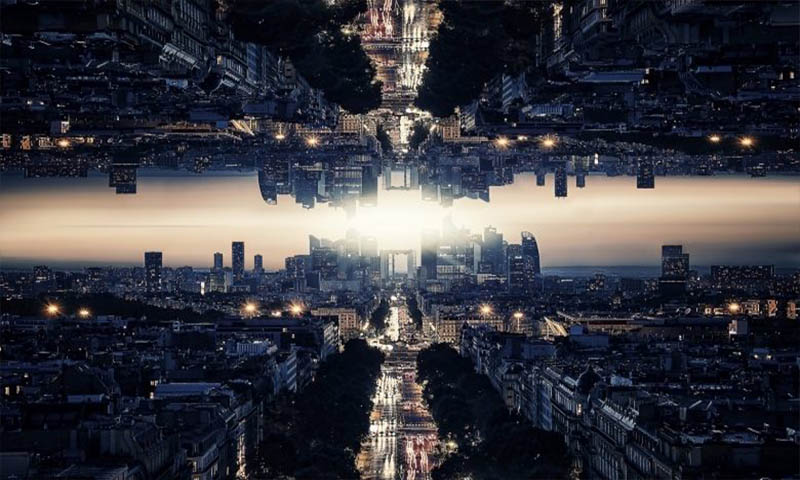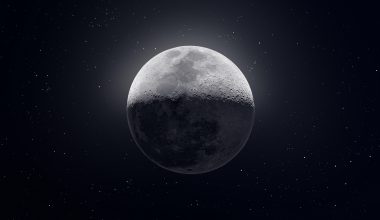Black holes are one of the greatest unsolved riddles in our universe. The galaxy, far beyond our blue planet, is equipped with so many mysterious, odd, and wonderful things that it can be very difficult to figure out the various phenomenon associated with it. However, the human mind is very inquisitive as it doesn’t believe in the authenticity of a subject unless proved.
You must have heard the term black hole, haven’t you? If you are not aware, black holes are nothing but extremely dense objects or interstellar “vacuum cleaners” having a bottomless core and a super-strong gravitational power from which no light can escape. If you get too close to the black holes, you are bound to get sucked into its core and lose yourself in a dimension that has no time or space.
Here are 10 facts that you must know about black holes:
Black Holes Are Invisible Objects
Black holes have an intense gravitational power from which no light can escape, so without light emissions, they are very difficult to observe. So we can’t directly observe black holes with any light but we have some indirect evidence that can provide clear proof of their existence. This includes observations of how some stars, many galaxies and some ghost-like entities move rapidly around black holes or factors like how light is distorted.
What Happens Inside A Black Hole?
It is proven scientifically that the black hole has an unimaginably strong gravitational force and any object/s (no human has ever passed through it) gets sucked into it. Inside the black hole, what astrophysicists say, is a horror story altogether. The sucked in objects gets stretched vertically and horizontally due to the mammoth force dwelling inside it and turns into a spaghetti-like substance; a process commonly known as ‘Spaghettification’. The region where objects get sucked into is known as the zone of ‘no return’.
Size Of The Black Holes
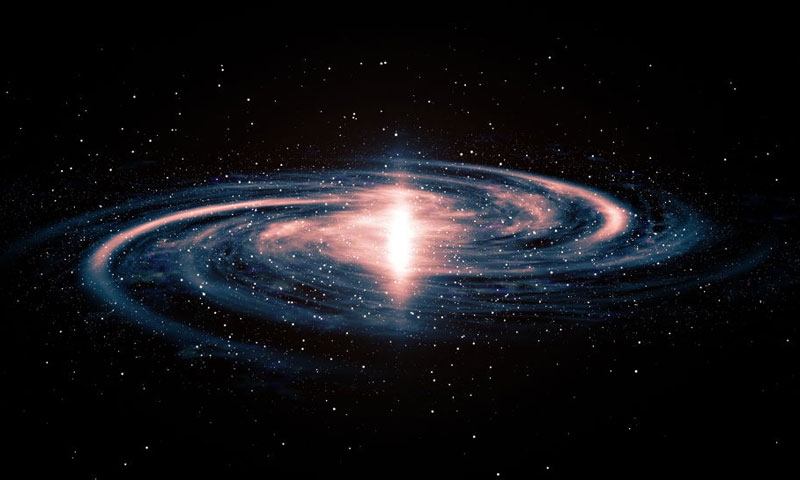
An intriguing fact about black holes is that it does not take up any space but grows in mass. Black holes keep growing as they devour on matter hovering around, be it stars, planets, asteroids, meteors, and even other black holes and end up becoming massive. The bigger they get, the larger their zone of ‘no return’ becomes.
They Produce Quasars, The Dazzling Objects In The Cosmos
Black holes indeed suck light into it but it also has the capability of producing the brightest object in the infinite space, called Quasars. Before treading further into this piece of information about black holes, it is imperative to know that Quasars, also called S5 0014+81, are 300 trillion times brighter than the sun. Clouds of gas and matter start spinning furiously around a black hole and enter it, thereby, heating up to immeasurable hot temperature creating the brightest light or a Quasars.
A Black Hole Isn’t A Hole At All, They’re Spheres
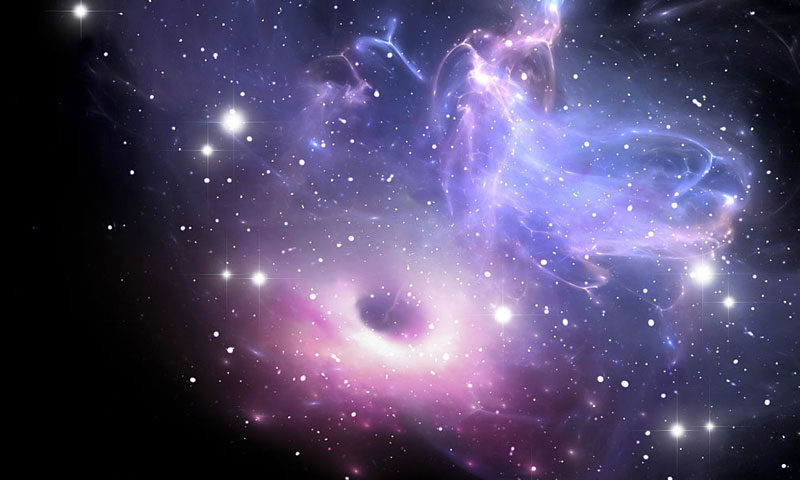
What’s the shape of a black hole? Umm? Circle-like or funnel-shaped? Wrong answer! The round feature of black holes is just an illusion and in reality, they are spherical.
Black Holes Aren’t Always Dark
As mentioned, there have been instances when the brightest light in the universe, have been noticed around black holes. Hence all is not dark for the black holes (if you get what I mean).
Do Black Holes Spin?

There are two types of black holes, ones that spin (the Kerr and Kerr–Newman black holes) and those that don’t (the Schwarzschild black hole). Irrespective of this, both the types have subject matter spinning inside and around them at massive speed. After proper research, it was found that black holes spin because the stars which imploded and turned into the suction phenomenon, were originally rotating. For your information, like the Kerr and Kerr–Newman black holes, one black hole which is placed at the heart of galaxy NGC 1365 is rotating at nearly 85% the speed of light. On the other hand, the Schwarzschild black hole is the simplest black holes that have a singularity and an event horizon. As a result, the core does not rotate.
How Do Black Holes Form?
Most stars are brightest by their nature and they have shortest life spans as they are fuelled by nuclear fusion. Once they’ve crossed the end of their life’s threshold, they become stellar corpses. These corpses come in multiple variants like Sun-like lowest-mass stars, neutron stars, and black holes for the most massive stars. Collapsing in itself, when a super-massive star reaches the end of its lifespan and implodes, a black hole is created.
Renowned scientist Albert Einstein made it clear in 1915 that black holes are supernatural. It is an unknown destination that our curious human mind is constantly probed to know. The research is still on to find new wonder facts about black holes, let’s see what these mysterious bodies ooze out!

